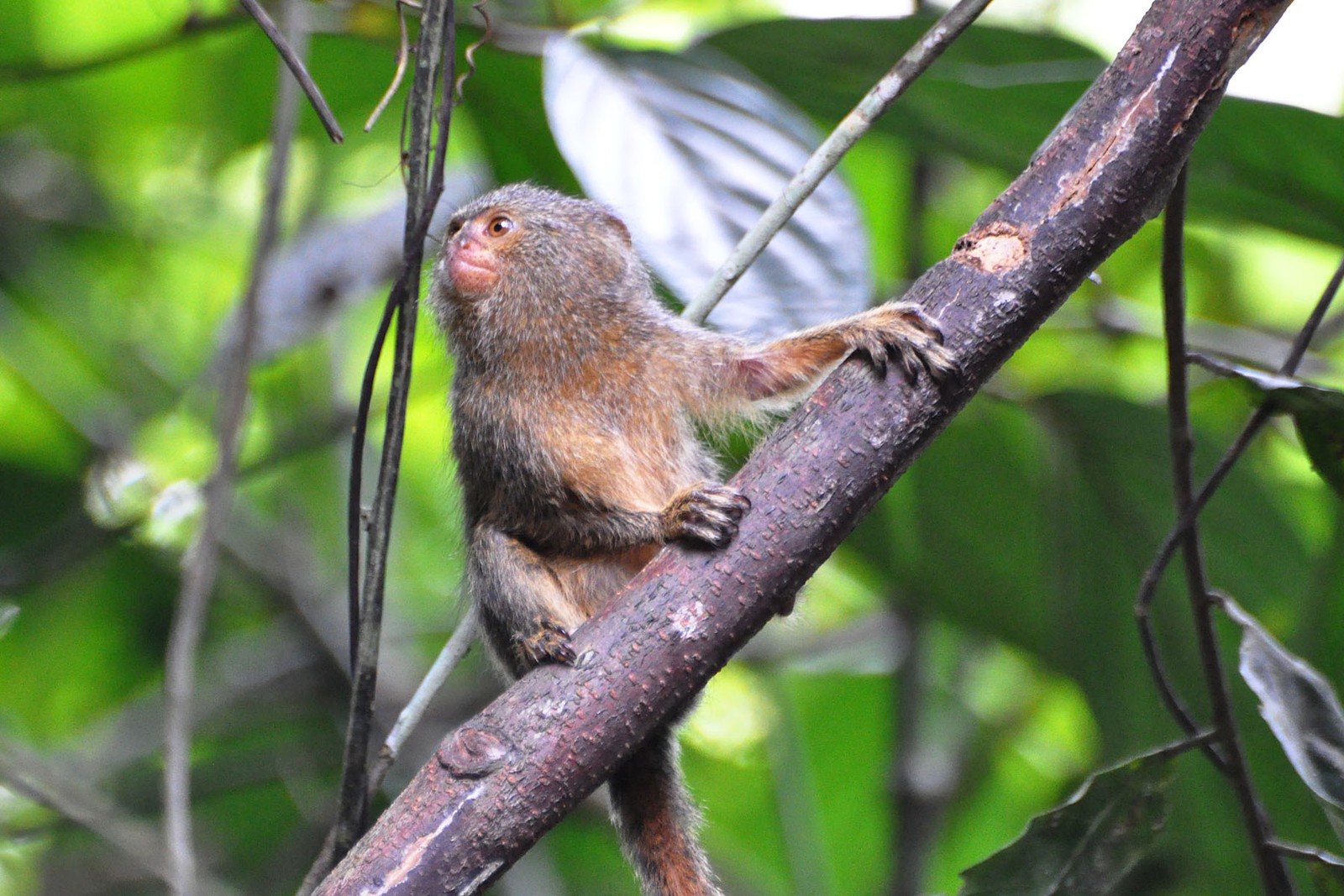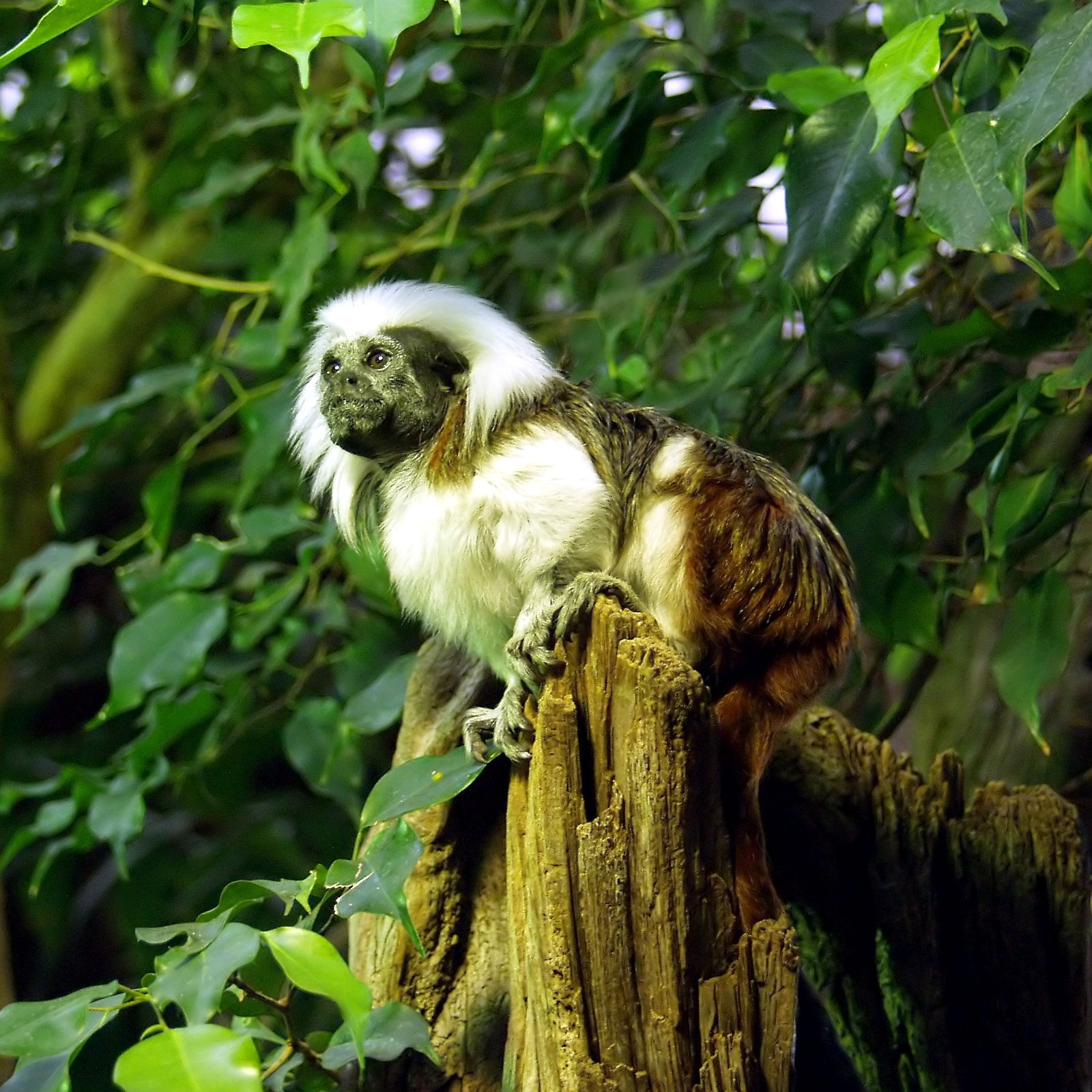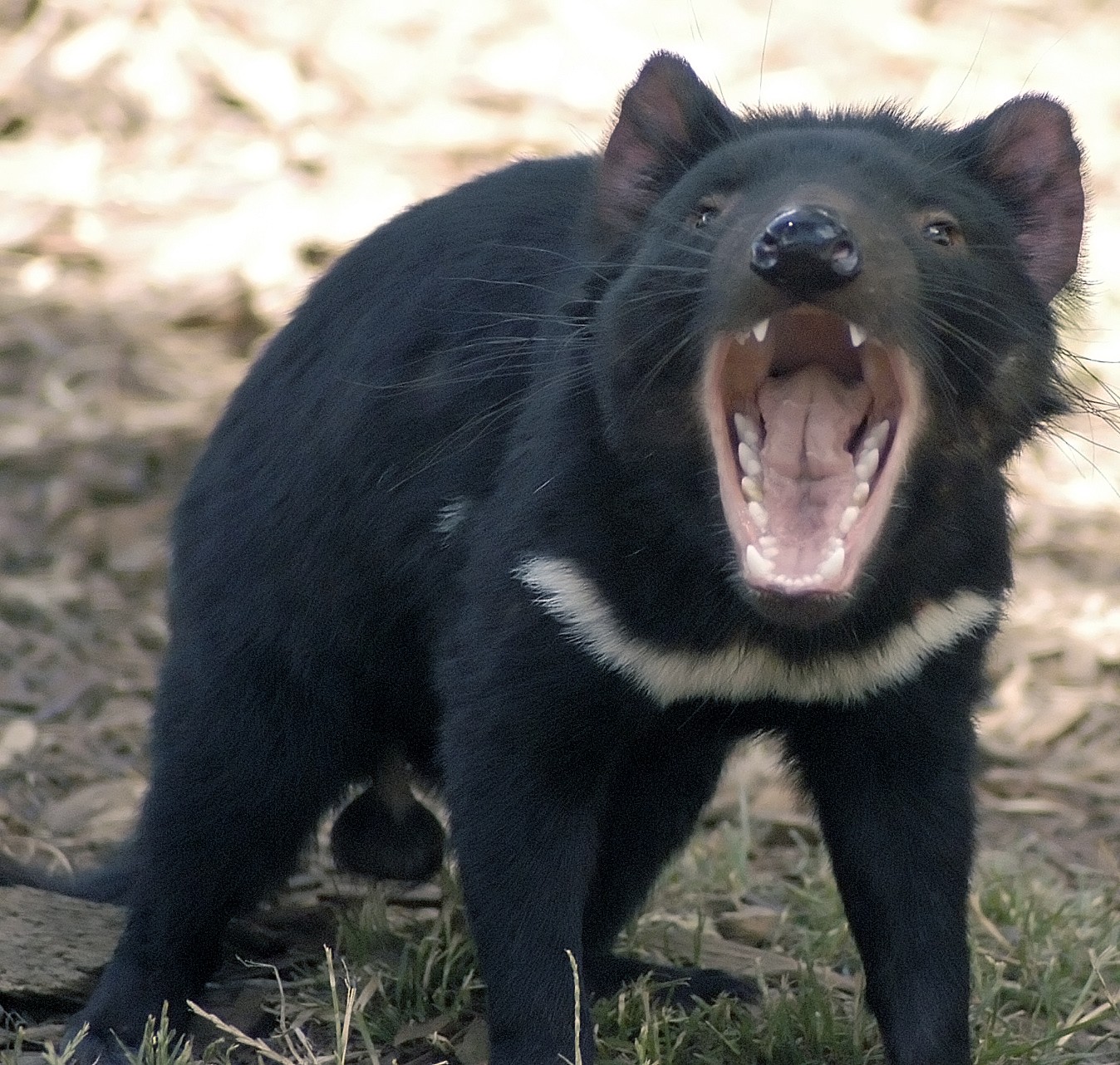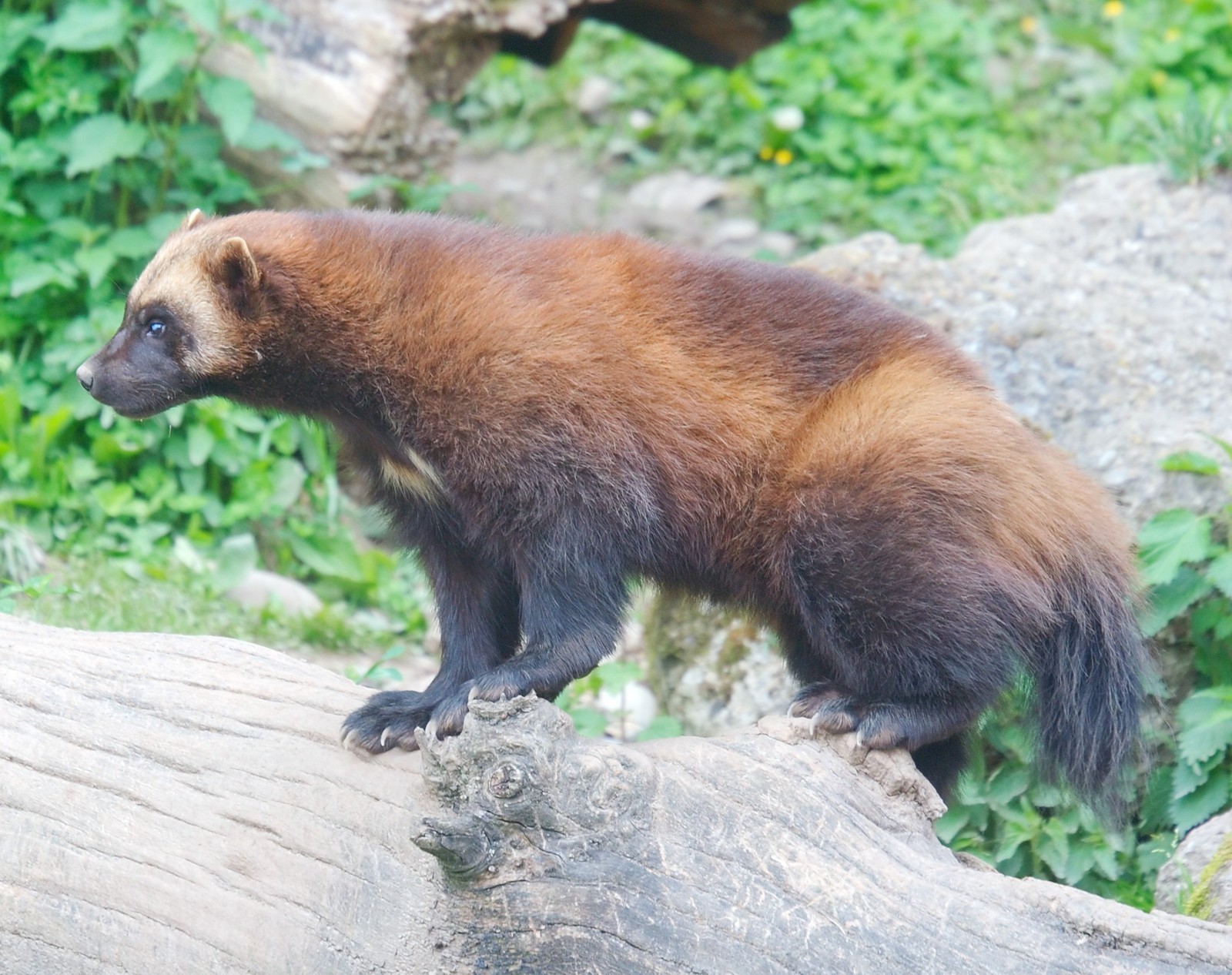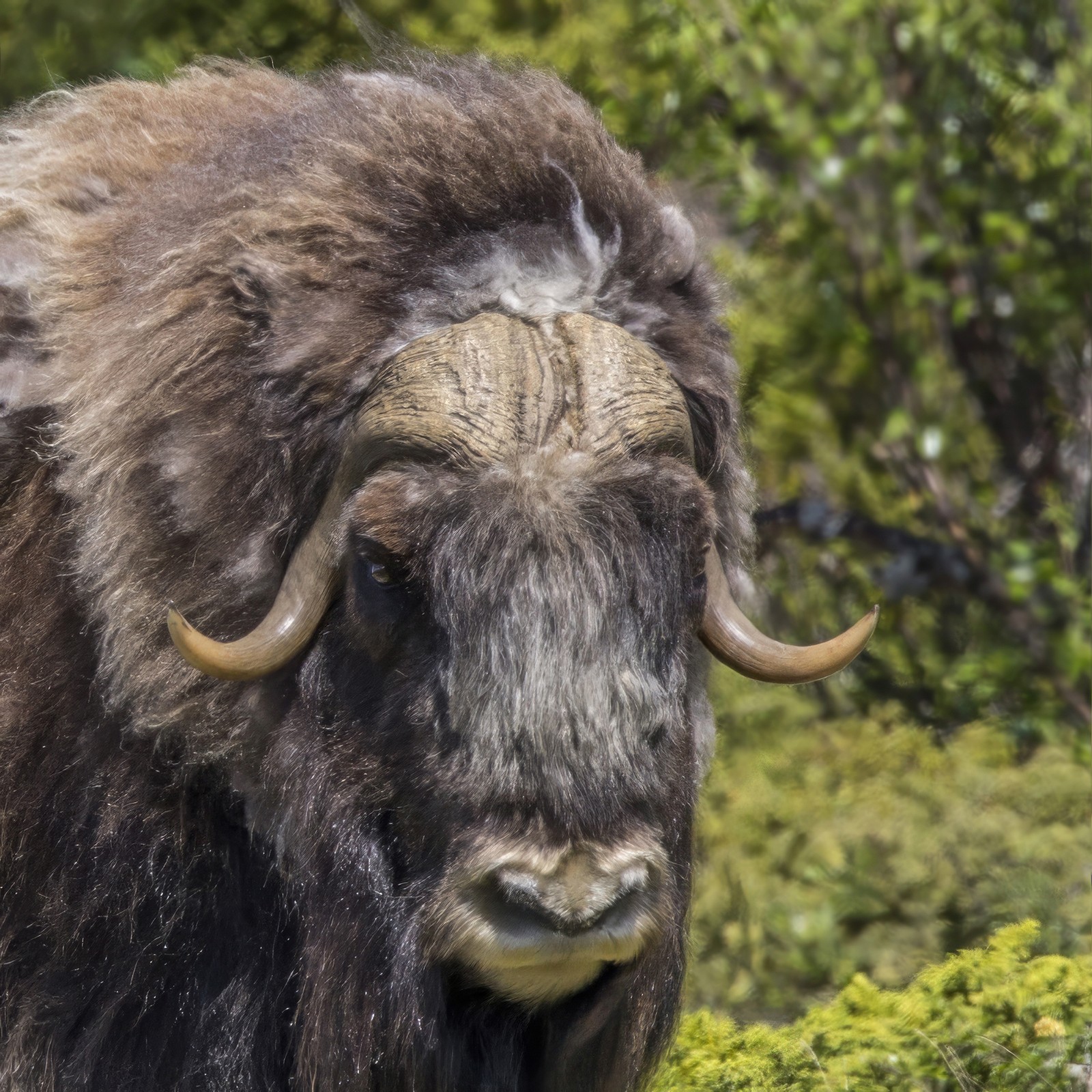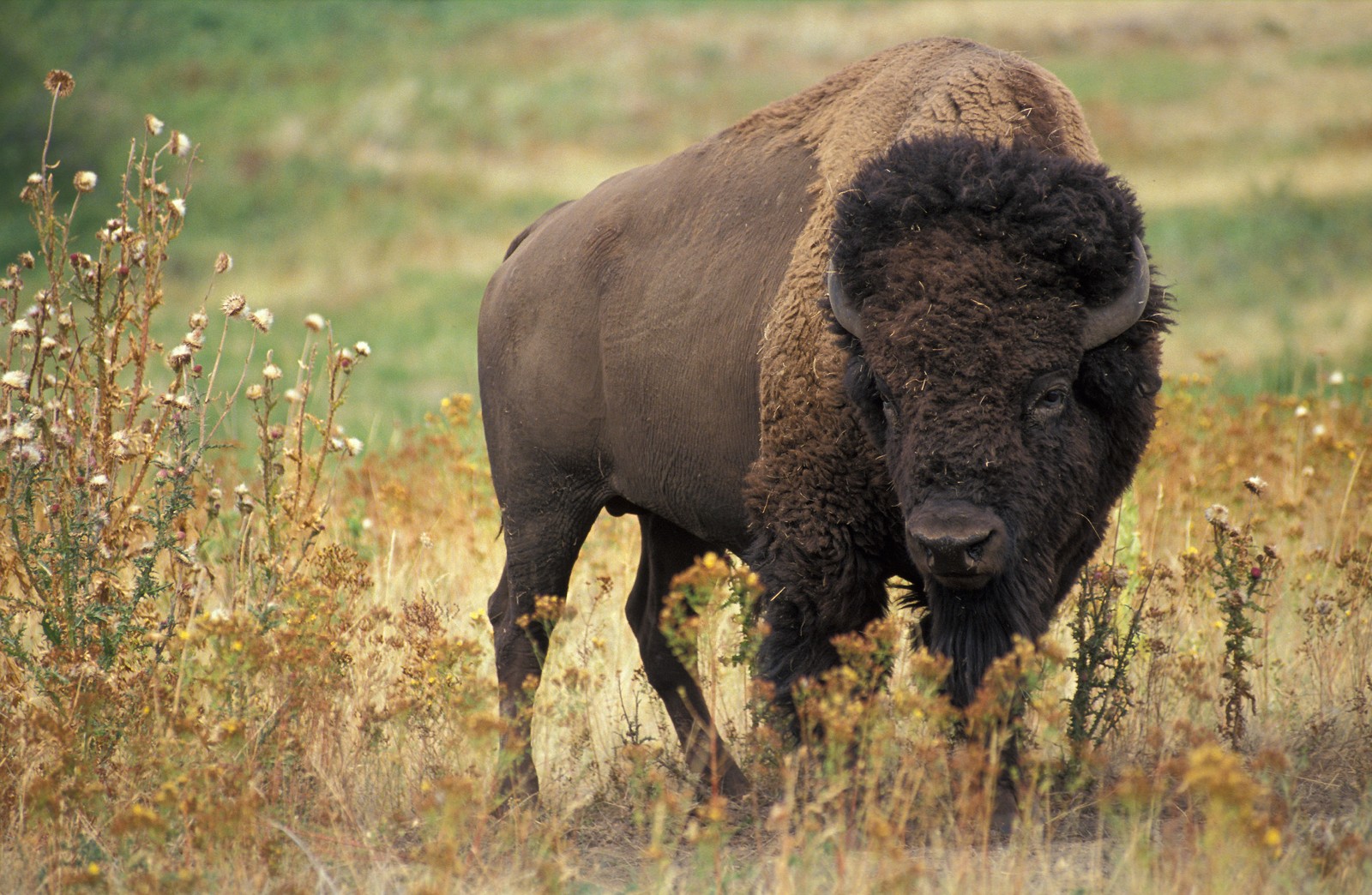Robin vs Thrush: A Complete Comparison
While Robins and Thrushes may seem similar at first glance, these charismatic songbirds have distinct characteristics that set them apart. The European Robin (Erithacus rubecula) is notably smaller, measuring 14 cm (5.5 inches) in length, while the Mistle Thrush (Turdus viscivorus) is significantly larger at 27 cm (10.6 inches). Despite both being members of the broader thrush family, these birds differ markedly in their appearance, behavior, and ecological roles.
These beloved garden visitors share some family traits but diverge significantly in their habits and habitat preferences. The Robin’s familiar orange-red breast and confiding nature contrast with the Thrush’s speckled plumage and more cautious demeanor. Understanding these differences helps both casual bird watchers and serious ornithologists appreciate the unique characteristics of each species.
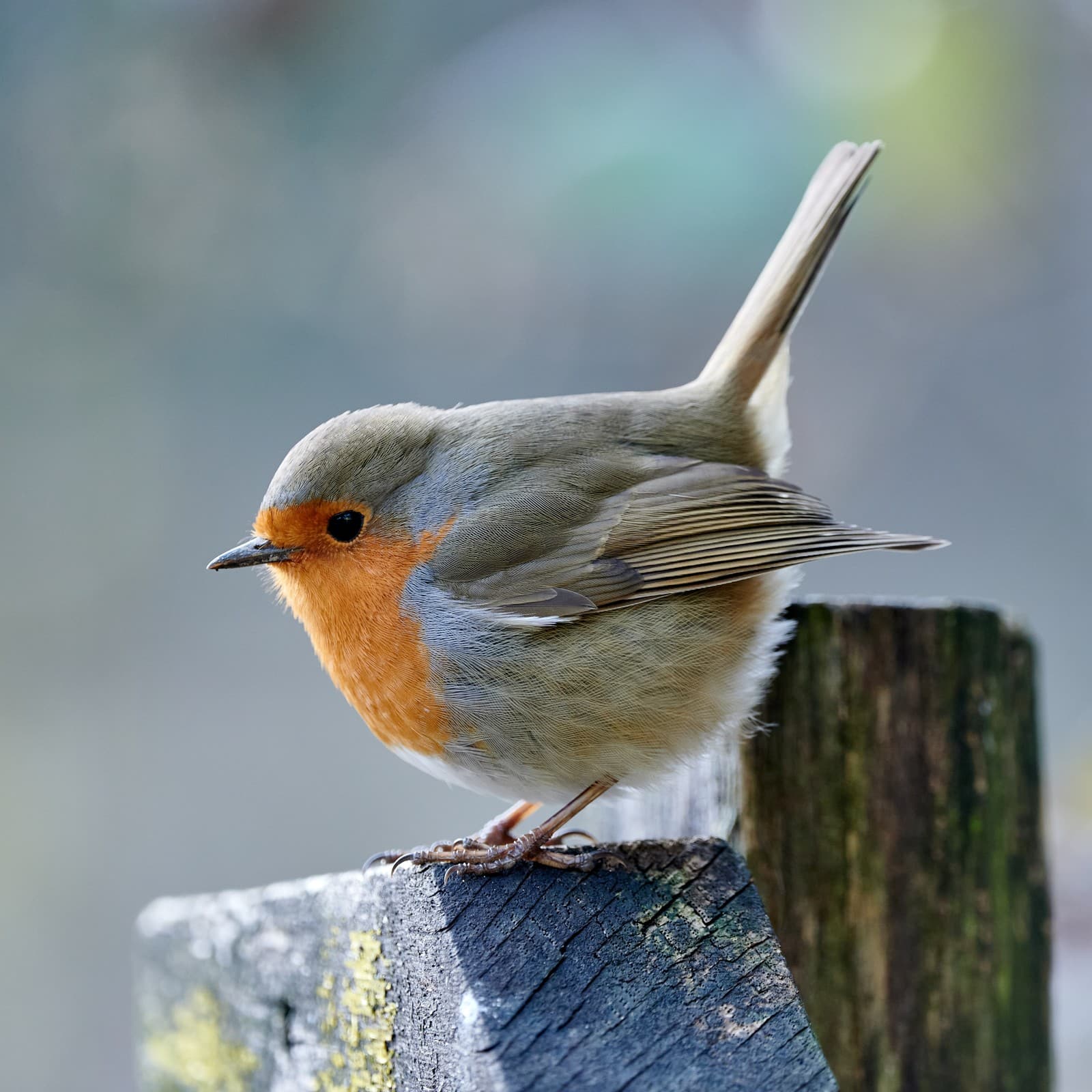
© C-M / CC BY-SA 4.0
The European Robin’s distinctive orange-red breast and face make it one of the most recognizable garden birds. Its compact size and round appearance, combined with its confident demeanor, have earned it a special place in many cultures.
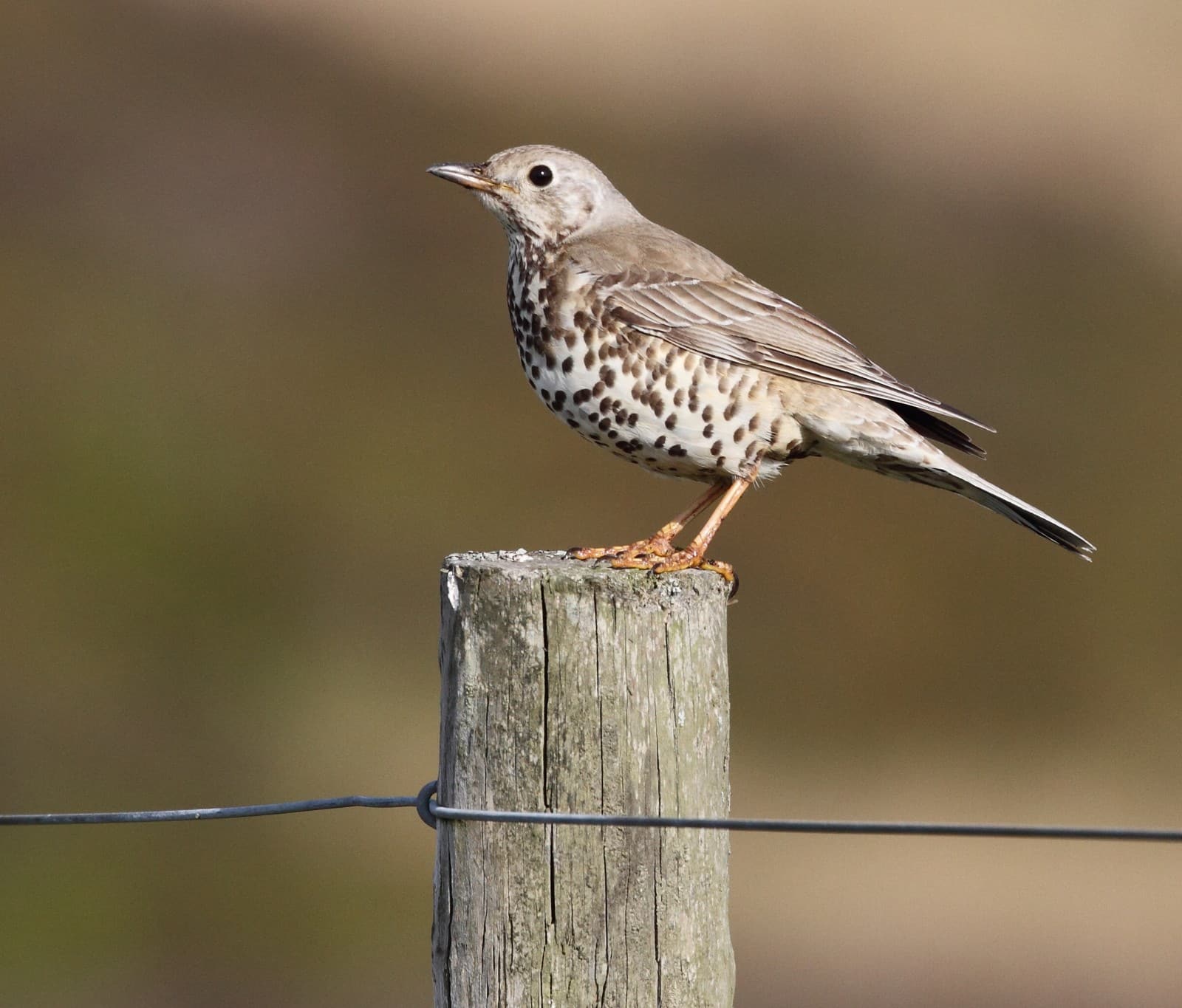
© Alun Williams333 / CC BY-SA 4.0
The Mistle Thrush exhibits the classic spotted breast pattern characteristic of thrushes, with its larger size and more upright posture distinguishing it from its smaller cousin, the Robin.
Key Physical and Behavioral Differences
| Feature | Robin | Thrush |
|---|---|---|
| Size | 14 cm (5.5 inches) | 27 cm (10.6 inches) |
| Weight | 16-22g (0.56-0.78 oz) | 93-167g (3.3-5.9 oz) |
| Distinctive Features | Orange-red breast, round appearance | Spotted breast, larger size |
| Habitat | Gardens, woodlands, parks | Open woodlands, farmland |
| Song | Sweet, melancholic warble | Loud, flute-like phrases |
| Behavior | Bold, approaches humans | More secretive, wary |
Habitat and Distribution
Robins are highly adaptable birds, frequently found in gardens, parks, and woodlands across Europe. They’re famous for their bold behavior, often following gardeners to catch disturbed insects. Thrushes, particularly the Mistle Thrush, prefer more open spaces including parkland, orchards, and fields with scattered trees. They’re notably more territorial and will vigorously defend berry-bearing trees during winter months.
Song and Communication
The Robin’s song is a sweet, melancholic warble that can be heard year-round, including during winter evenings near artificial lighting. In contrast, the Mistle Thrush produces louder, more powerful songs consisting of repeated flute-like phrases. The Thrush often sings from high perches during storms, earning it the nickname “storm cock” in many parts of Britain.
Feeding Habits and Diet
While both species are primarily insectivorous, their feeding strategies differ significantly:
-
Robins:
- Feed mainly on insects and spiders
- Forage on ground level
- Often follow human gardeners
- Take supplementary food from feeders
-
Thrushes:
- Hunt larger invertebrates
- Consume more berries and fruits
- Break snail shells on “anvil” stones
- Less likely to visit bird feeders
Breeding and Nesting
The breeding habits of these birds showcase their distinct approaches to raising young:
- Robins nest in sheltered locations like hedges, banks, and even old containers
- Thrushes build their nests higher in trees, using grass and mud
- Robin clutches typically contain 4-6 eggs
- Thrush clutches usually have 3-5 eggs
- Both species can raise multiple broods per year
Conservation Status and Challenges
Both species face various challenges in the modern world, though their conservation status differs:
- Robins are currently listed as Least Concern with stable populations
- Thrush numbers have declined in some regions due to agricultural intensification
- Both species are affected by:
- Habitat loss
- Climate change
- Predation by domestic cats
- Changes in agricultural practices
Understanding these differences between Robins and Thrushes not only helps with identification but also highlights the remarkable diversity within the thrush family. While they may share some ancestral traits, each species has evolved unique characteristics that help them thrive in their preferred habitats.
